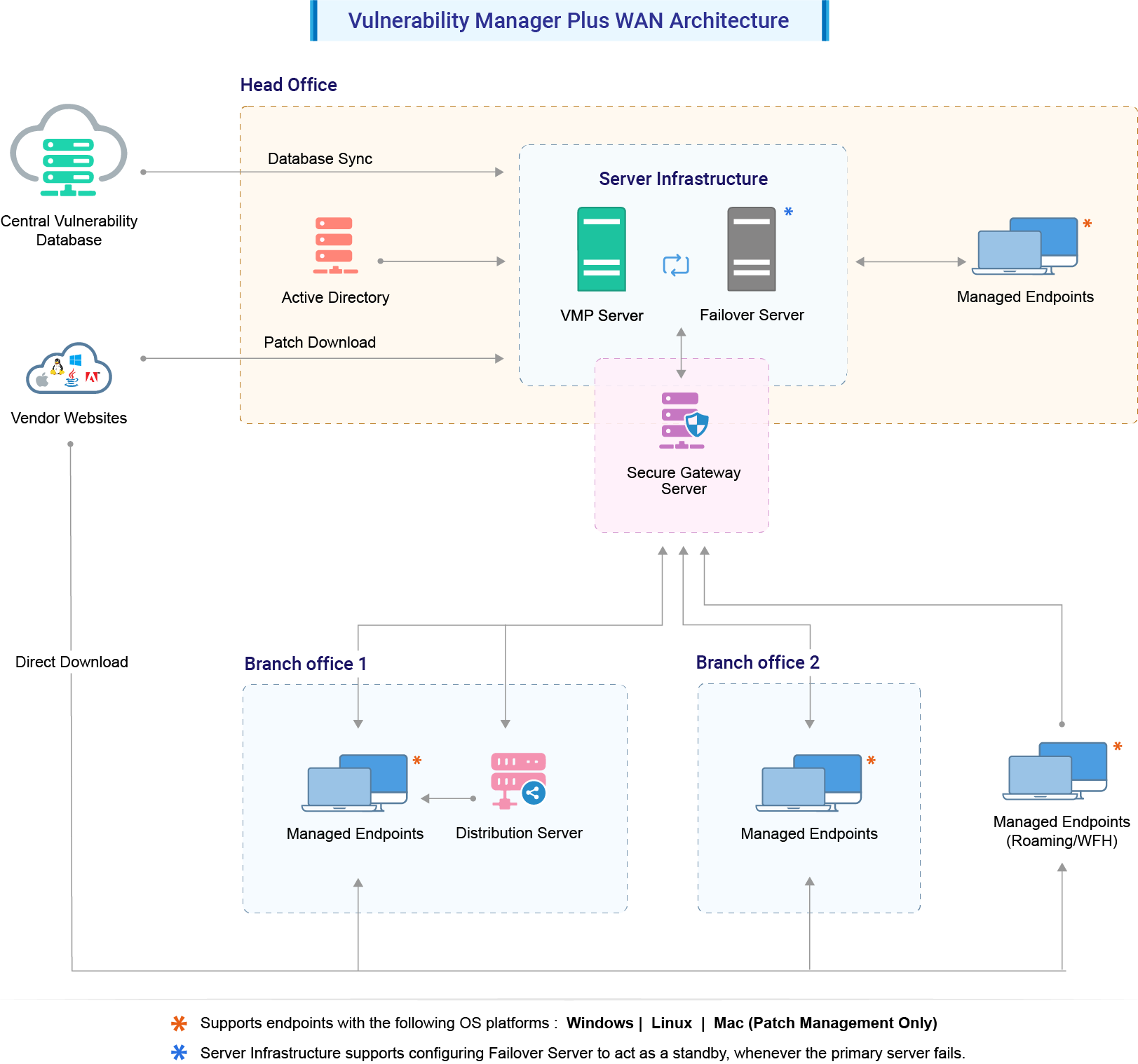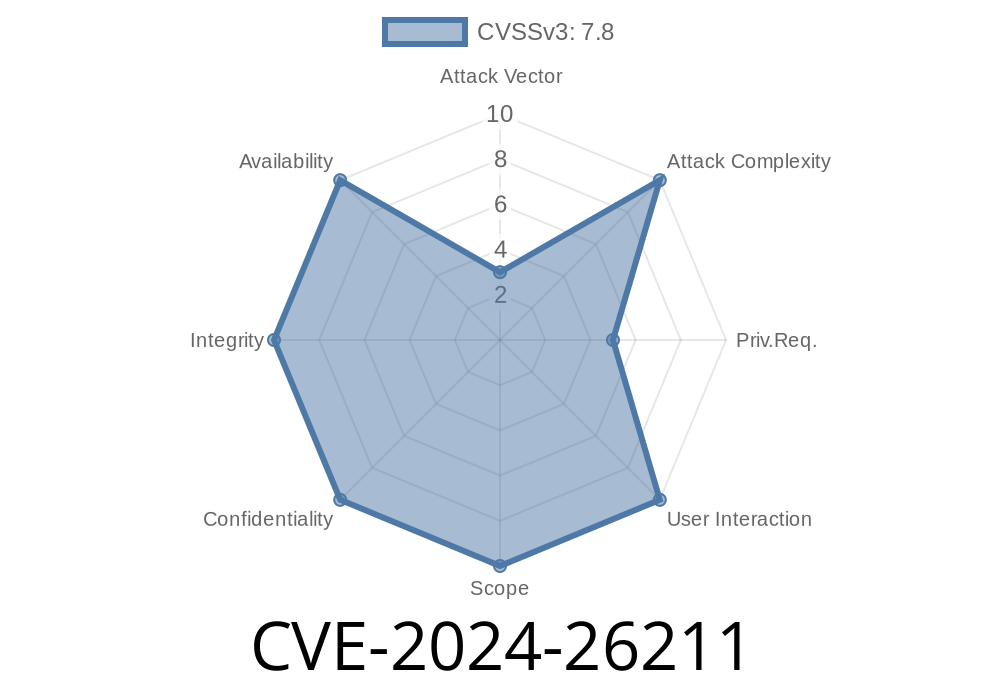Understanding The Potential For Remote Access Vulnerabilities In Windows Server: A Comprehensive Overview
Understanding the Potential for Distant Entry Vulnerabilities in Home windows Server: A Complete Overview
Associated Articles: Understanding the Potential for Distant Entry Vulnerabilities in Home windows Server: A Complete Overview
Introduction
With enthusiasm, let’s navigate by the intriguing subject associated to Understanding the Potential for Distant Entry Vulnerabilities in Home windows Server: A Complete Overview. Let’s weave fascinating info and provide recent views to the readers.
Desk of Content material
Understanding the Potential for Distant Entry Vulnerabilities in Home windows Server: A Complete Overview

The realm of cybersecurity is perpetually in flux, with new threats and vulnerabilities rising always. One space of specific concern for system directors is the potential for unauthorized entry to servers by way of distant desktop protocols (RDP). Whereas RDP is a robust device for managing and accessing servers remotely, it will probably grow to be a goal for malicious actors in search of to use weaknesses within the system.
This text goals to supply a complete understanding of potential vulnerabilities associated to RDP entry in Home windows Server, emphasizing the significance of sturdy safety measures to guard towards such threats. We are going to delve into the character of RDP, frequent assault vectors, and finest practices for mitigating dangers.
Understanding RDP and its Significance
Distant Desktop Protocol (RDP) is a proprietary protocol developed by Microsoft, enabling customers to hook up with and management a distant pc over a community connection. This protocol is essential for managing and accessing servers, workstations, and different units remotely, providing important advantages:
- Distant Administration: System directors can handle and troubleshoot servers from any location with web entry.
- Distant Entry: Customers can entry their work information and functions from wherever, enhancing productiveness and suppleness.
- Technical Assist: IT professionals can remotely help customers with technical points, minimizing downtime and bettering effectivity.
The Dangers Related to RDP
Whereas RDP affords quite a few benefits, it additionally presents potential vulnerabilities that malicious actors can exploit:
- Credential Theft: Attackers can try and steal person credentials by brute-force assaults, phishing schemes, or malware infections.
- Unauthorized Entry: As soon as credentials are compromised, attackers can achieve unauthorized entry to the server, doubtlessly inflicting knowledge breaches, system instability, and monetary losses.
- Malware Distribution: RDP can function a vector for malware distribution, permitting attackers to inject malicious software program into the goal system.
- Denial-of-Service Assaults: Attackers can flood the server with RDP requests, overwhelming its assets and stopping respectable customers from accessing it.
Widespread Assault Vectors
A number of frequent assault vectors goal RDP vulnerabilities:
- Brute-Pressure Assaults: Attackers attempt quite a few password combos till they efficiently achieve entry.
- Phishing: Attackers use misleading emails or web sites to trick customers into revealing their credentials.
- Malware Infections: Attackers exploit vulnerabilities in software program or working methods to inject malware that may steal credentials or grant distant entry.
- Zero-Day Exploits: Attackers exploit newly found vulnerabilities in software program earlier than patches can be found.
Mitigating RDP Vulnerabilities: A Multi-Layered Strategy
Defending towards RDP vulnerabilities requires a multi-layered strategy, encompassing varied safety measures:
- Sturdy Passwords and Multi-Issue Authentication: Make use of sturdy, distinctive passwords for all person accounts and implement multi-factor authentication (MFA) to boost safety.
- Community Segmentation: Separate the RDP server from different vital methods on the community to restrict the affect of a compromise.
- Firewall Guidelines: Configure firewall guidelines to limit RDP entry to approved IP addresses and ports.
- Common Safety Updates: Be certain that all software program and working methods are up to date recurrently to patch vulnerabilities.
- Community Intrusion Detection and Prevention Techniques (IDS/IPS): Implement IDS/IPS to detect and block malicious exercise concentrating on RDP.
- Endpoint Safety: Use endpoint safety options to guard particular person units from malware and different threats.
- Safety Auditing and Monitoring: Frequently audit safety logs to establish suspicious exercise and monitor RDP connections.
FAQs about RDP Safety
1. What are the most typical RDP vulnerabilities?
Widespread RDP vulnerabilities embody weak passwords, outdated software program, misconfigured firewall settings, and lack of MFA.
2. How can I safe my RDP server?
Implementing sturdy passwords, MFA, firewall guidelines, common safety updates, and community segmentation are important for securing your RDP server.
3. Is RDP inherently insecure?
Whereas RDP is a robust device, it may be weak if not correctly secured. Implementing strong safety measures is essential to mitigate dangers.
4. What are the results of an RDP compromise?
Compromised RDP servers can result in knowledge breaches, system instability, monetary losses, and reputational harm.
5. How can I detect a possible RDP compromise?
Monitoring safety logs, observing uncommon exercise, and utilizing community intrusion detection methods might help establish potential compromises.
Suggestions for Securing RDP Entry
- Disable RDP on unneeded ports.
- Restrict RDP entry to particular IP addresses.
- Implement MFA for all RDP connections.
- Use sturdy, distinctive passwords for all accounts.
- Allow Community Degree Authentication (NLA) for enhanced safety.
- Frequently audit and overview safety logs.
- Practice customers on finest practices for RDP safety.
Conclusion
RDP is a precious device for distant administration and entry, however it presents potential vulnerabilities that may be exploited by malicious actors. Implementing a complete safety technique, encompassing sturdy passwords, MFA, firewall guidelines, common safety updates, and community segmentation, is crucial to guard towards unauthorized entry and knowledge breaches. By prioritizing safety and staying vigilant towards evolving threats, organizations can leverage the advantages of RDP whereas mitigating dangers and safeguarding their delicate knowledge.







Closure
Thus, we hope this text has supplied precious insights into Understanding the Potential for Distant Entry Vulnerabilities in Home windows Server: A Complete Overview. We thanks for taking the time to learn this text. See you in our subsequent article!